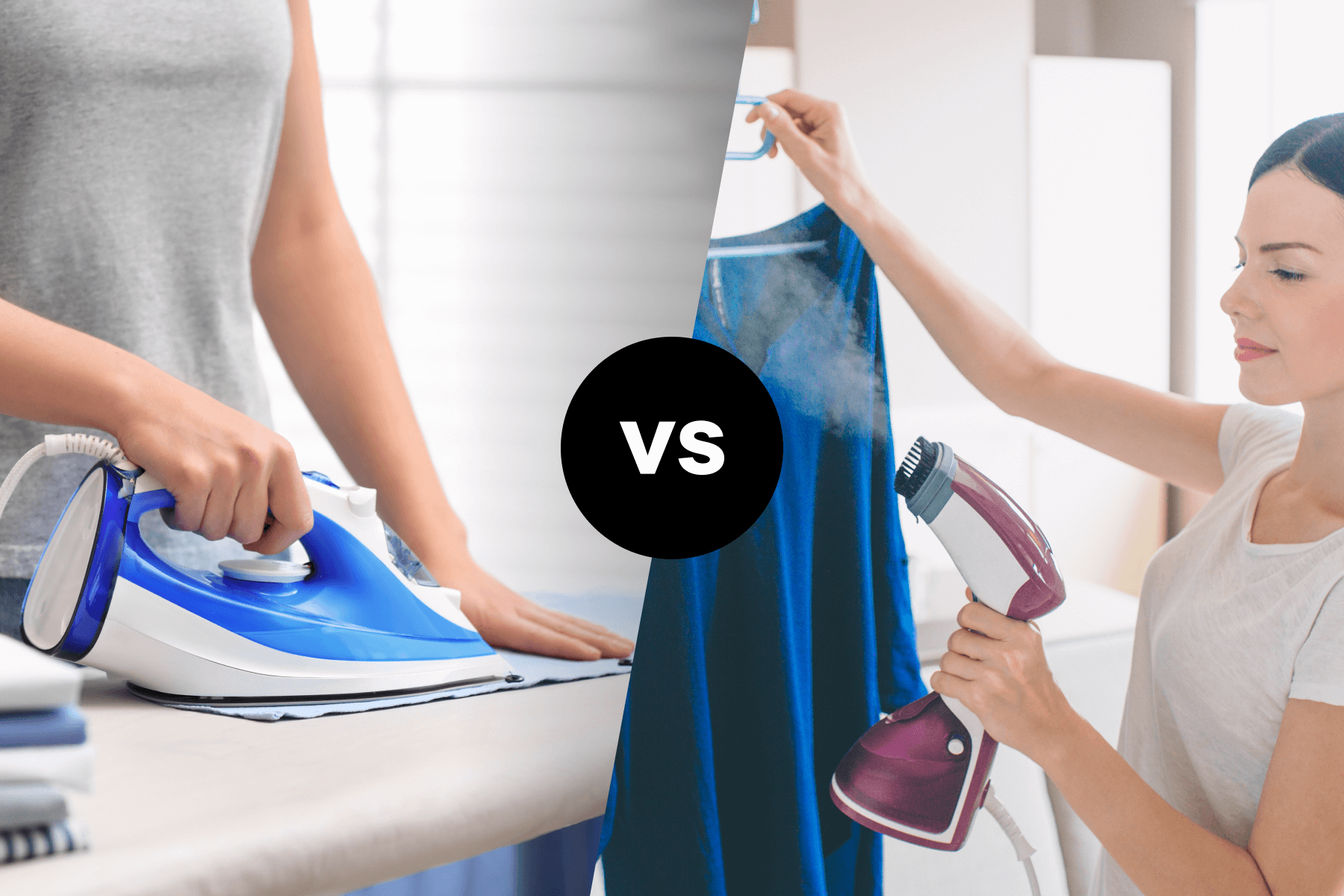For some people, the act of ironing is a ritual. They plug in the earphones, and revel in the process of creating smooth order out of wrinkled chaos – plus the smell of freshly laundered and ironed clothes can be addictive. For most of us though, ironing is a chore and we just want the most efficient and hassle-free process to stop us looking like we live in the laundry bag. So, today we discuss Irons vs Steamers; are garment steamers the answer, or is the tried and tested iron still the solution?
The Classic Iron: A Time-Tested Champion
For generations, the trusty clothes iron has been a staple in households worldwide. Its design is simple yet effective, consisting of a hot metal plate that glides over fabric, smoothing out wrinkles with the application of heat and pressure. Some benefits of Irons are that they are versatile, with steam and adjustable heat settings, can be used on various fabrics, making them an all-in-one solution for most clothing items.
One of the significant advantages of irons is their ability to create sharp creases and defined lines, making them ideal for pressing seams and achieving a polished look for dress shirts and trousers. Plus our love affair with cotton and heavy linens means we need the heat and pressure of a traditional iron to keep us looking crisp rather than crumpled. You’re also spoilt for choice with a wide array of irons available, ranging from basic models to advanced cord-free ones with steam functions.
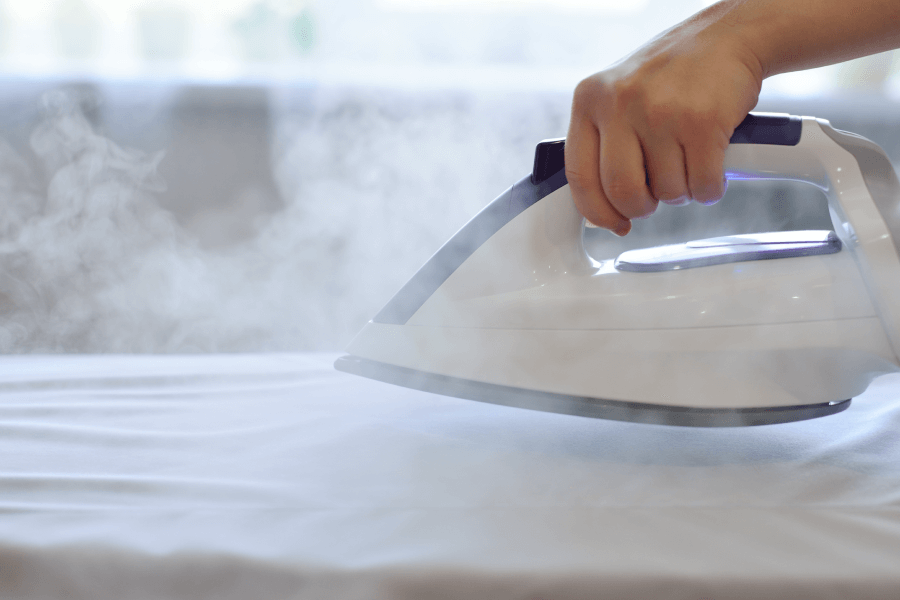
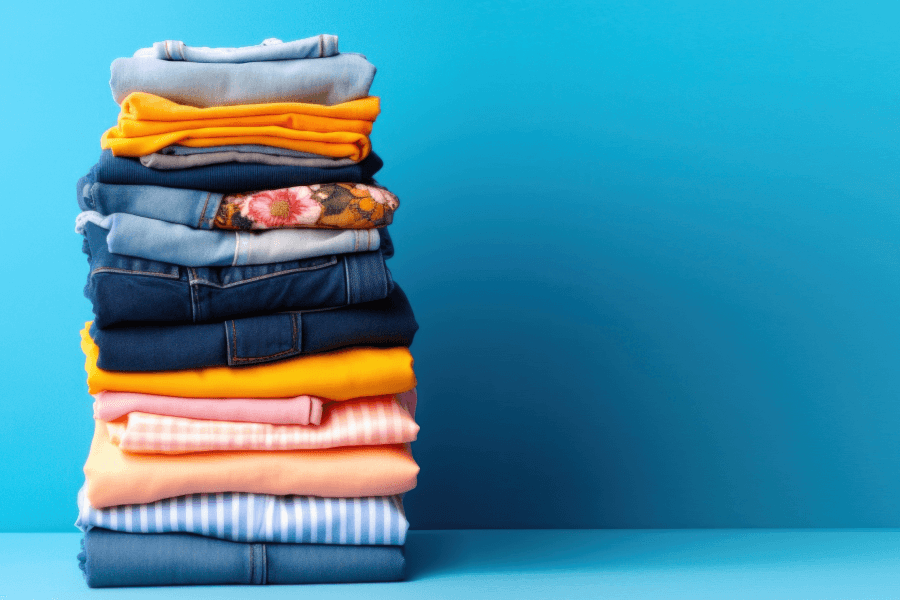
However, the classic iron does come with its set of challenges. There’s the process of setting up an ironing board and waiting for the device to heat up. There’s the risk of accidental burns or scalds and scorch marks if not used with caution. Plus, we’ve all heard stories of people who were in a rush and forgot to turn the iron off.
The Modern Steamer: A Contemporary Contender
Enter the clothes steamer, a fast and easy way to smooth our rumpled clothing with little effort. So, how do clothes steamers work? Steamers operate by emitting hot steam onto clothing, relaxing the fibres and eliminating wrinkles without direct contact. This method is gentler on your clothes, reducing the risk of damage caused by excessive heat. Steamers work best (and fastest) on thinner and delicate fabrics such as silk, satin, polyester and wool. If your wardrobe consists mainly of these materials, it’s unlikely you’ll ever use an iron.
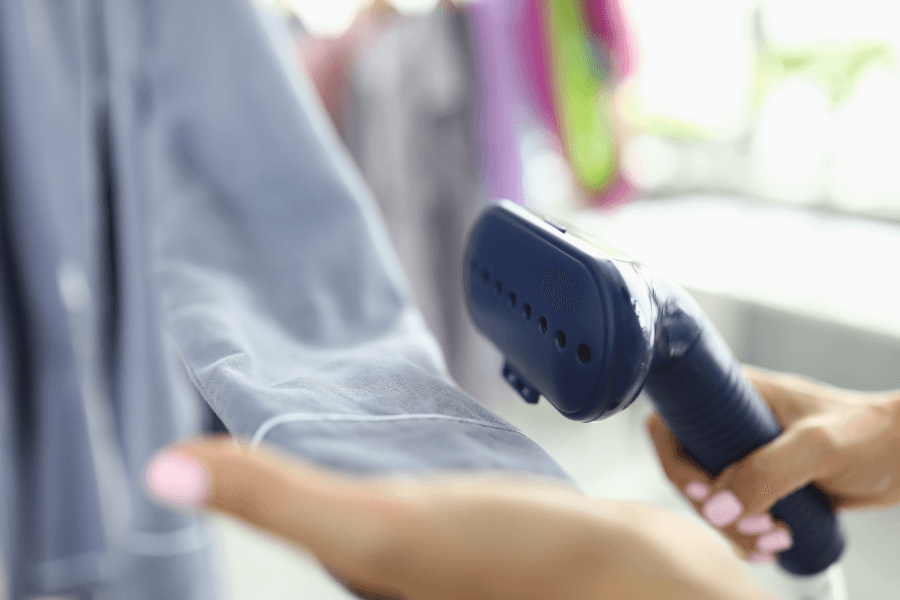
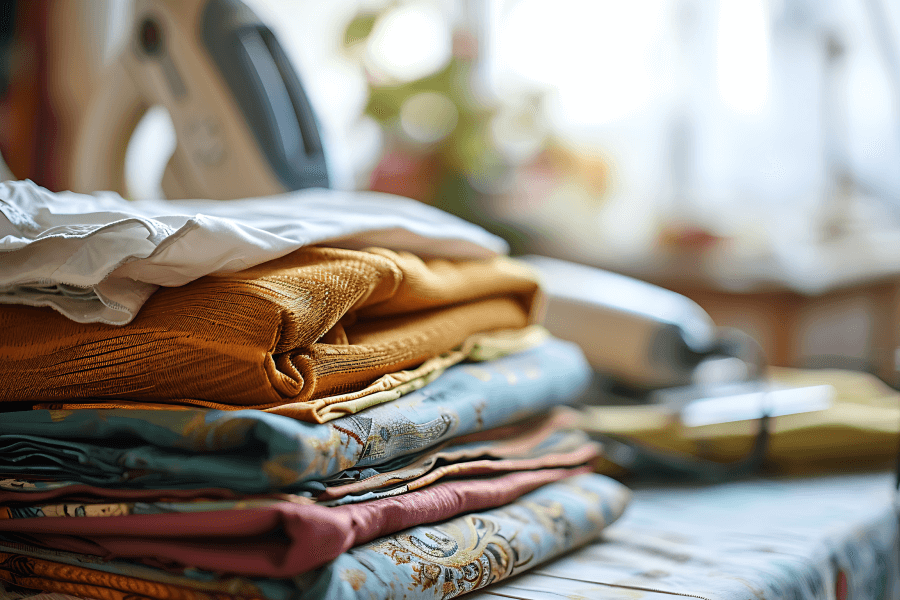
One of the standout benefits of steamers is their speed. They heat up quickly and can be ready for use within minutes, making them a go-to solution for those in a rush. The absence of an ironing board also simplifies the process, as steamers can be used on garments while hanging or draped over a hanger.
However, the steamer does have its limitations. It may struggle to achieve the crisp lines and sharp creases that an iron can effortlessly produce. Additionally, some users argue that steamers are not as effective on heavy fabrics like denim or certain types of cotton or linen.
So what will it be?: Iron, Steamer, or Both?
The choice between an iron and a steamer really comes down to personal preferences, lifestyle, and the type of garments you frequently wear.
If you're a professional who wears tailored suits or formal dresses regularly, investing in a high-quality iron might be the key to achieving that polished and immaculate look. On the other hand, if you're a busy individual who values speed and convenience, a steamer could be a lifesaver. Steamers are excellent for refreshing clothing quickly and efficiently, making them ideal for those hectic mornings when you need a quick spruce up.
Of course, there's also the option of having both tools in your arsenal. Many households find that a combination of an iron and a steamer provides the best of both worlds. Use the iron for those dress shirts and formal occasions, and employ the steamer for everyday items, delicate fabrics, or when time is of the essence. And of course, if you hate ironing, a garment steamer could be just the answer you’re looking for – you may just have to adjust the type of fabrics you wear.
